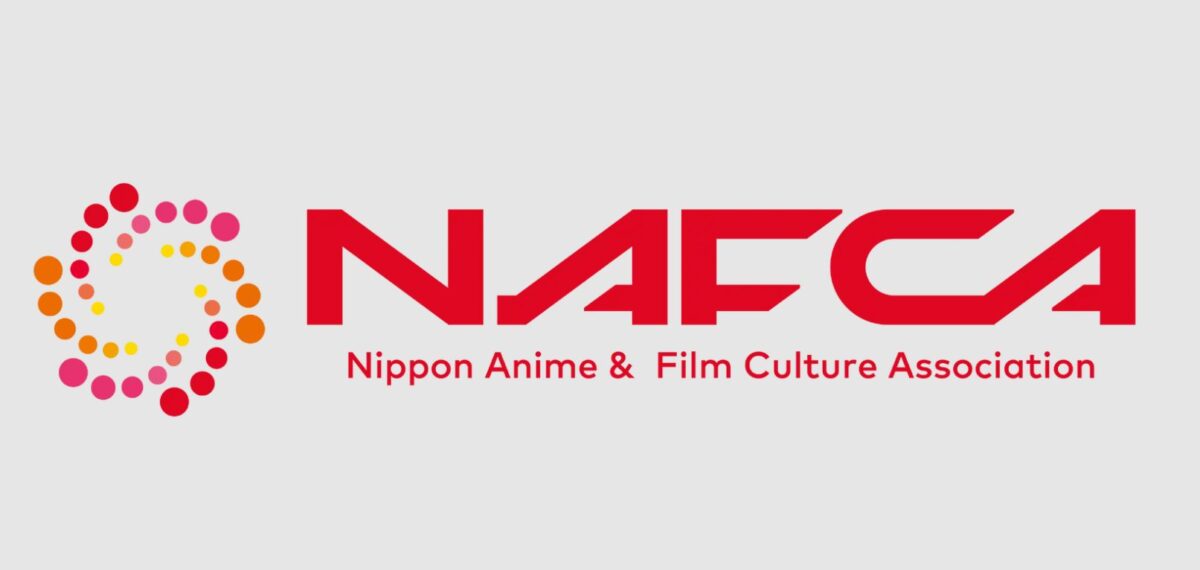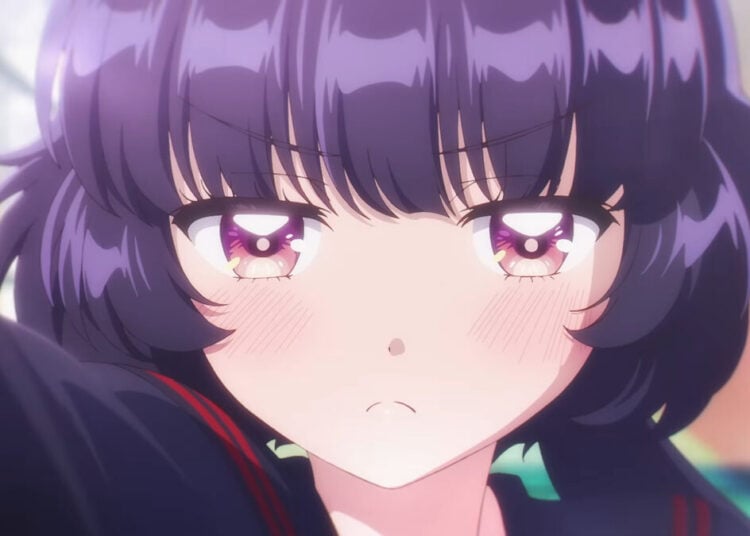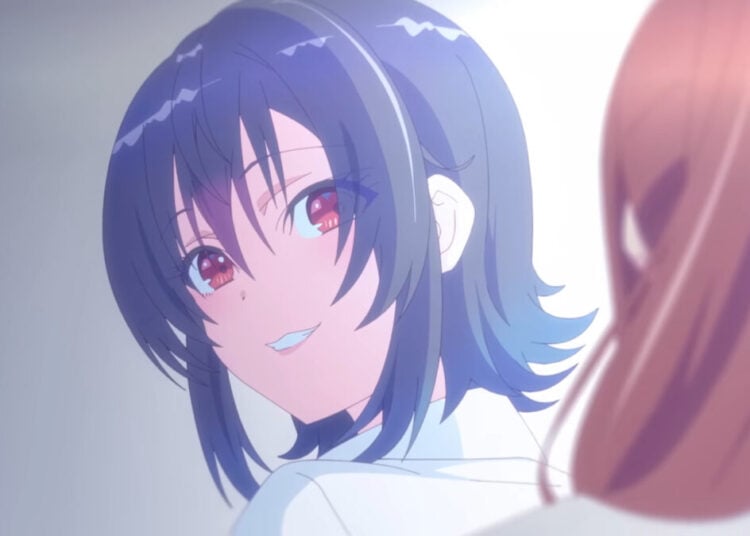The Nippon Anime & Film Culture Association (NAFCA), an incorporated association designed to spread awareness of working conditions for Japanese animators, announced its inception last Friday at a press conference. A headline about overworked animators can sometimes be unsurprising for those who closely follow the anime industry. Hellish stories of 70+ hour overtime workweeks, poverty wages, and illnesses occasionally grace the news but ultimately amount to only a flash in the pan for the news columns before they fade again from the social zeitgeist. With the advent of NAFCA, this organization seeks to make the working conditions of animators more well-known.
NAFCA’s statement can be read below:
We, Nippon Anime & Film Culture Association (#NAFCA), held a press conference yesterday to announce the formation of the association and released the statement below:
翻訳協力:Renato Rivera Rusca (レナト・リベラ・ルスカ) @RENATOLOGY pic.twitter.com/8YYcByPRIp
— 日本アニメフィルム文化連盟 -NAFCA- (@NAFCA_official) May 20, 2023
The animation industry in Japan has come under closer scrutiny as workplace violations have accumulated in numerous companies over the years. According to Japanese media company Netorabo, the animation company Madhouse, perhaps living up to their namesake, recently came under investigation after an anonymous employee reported working 393 hours in one month and working 37 consecutive days. He also stated that his overtime pay (usually a higher quantity than standard hourly pay) wasn’t even as high as the minimum wage.
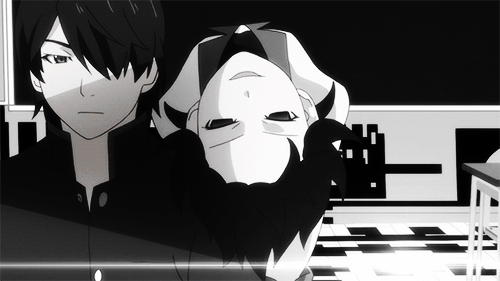
In a survey from the Japan Animator and Director Association, the average salary for Japanese animators in their 20s was only a paltry 1.1 million yen in 2009, which after factoring in the 2009 exchange rates, was around USD$11,000 a year. When an animator hits their 30s, the salary increases to a whopping 2.13 million yen, or around USD$23,000. Part of the issue is that many animators are hired as contractors, which allows studios to exploit loopholes in the labor code.
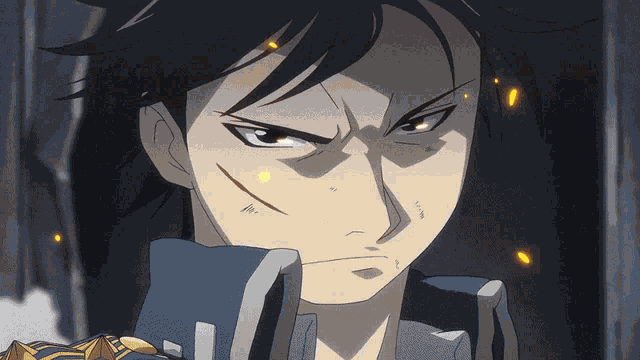
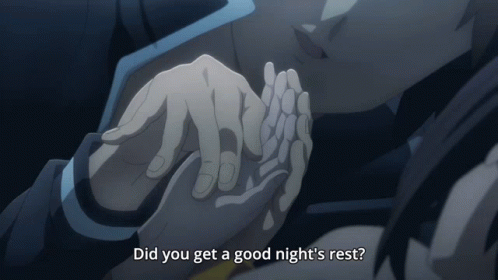
Do some digging, and you’ll find a plethora of grim cases. Slave wages and suicides have become pervading problems in the corporate shadows of an industry that we love. Organizations like NAFCA can hopefully shine some light on these issues and give recourse to animators. NAFCA, at its inception, only has eleven employees, according to the press conference interview. They state that they cannot function as a consultation organization yet but, in time, hope they can provide individual consultations on a case-by-case basis.
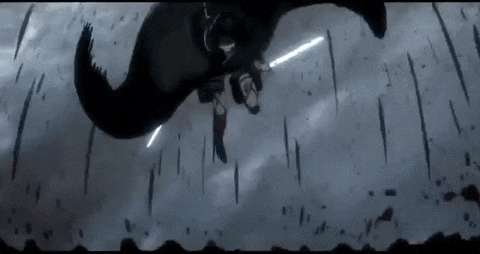
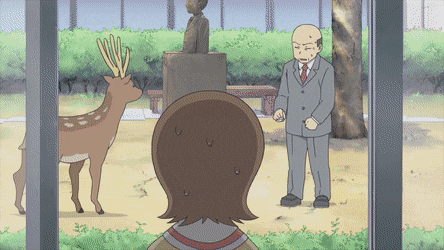
Former Aniplex executive Masueo Ueda will be the chair of the board. Animator Terumi Nishii, a vocal opponent against the harsh working conditions in the industry, was also confirmed to be involved with NAFCA.
I hope the small showcase of GIFs here helped stoke an appreciation for the hard-working men and women at studios all across Japan. Hopefully, for their sake, better times are on the way.
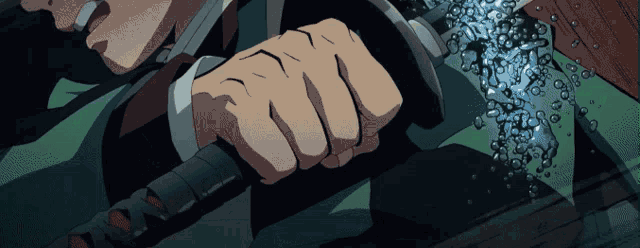
Check out Peter Payne’s article about the above studios if you’re interested in more details about them! Also, please check out the revamped J-list store when you get a chance, too!


